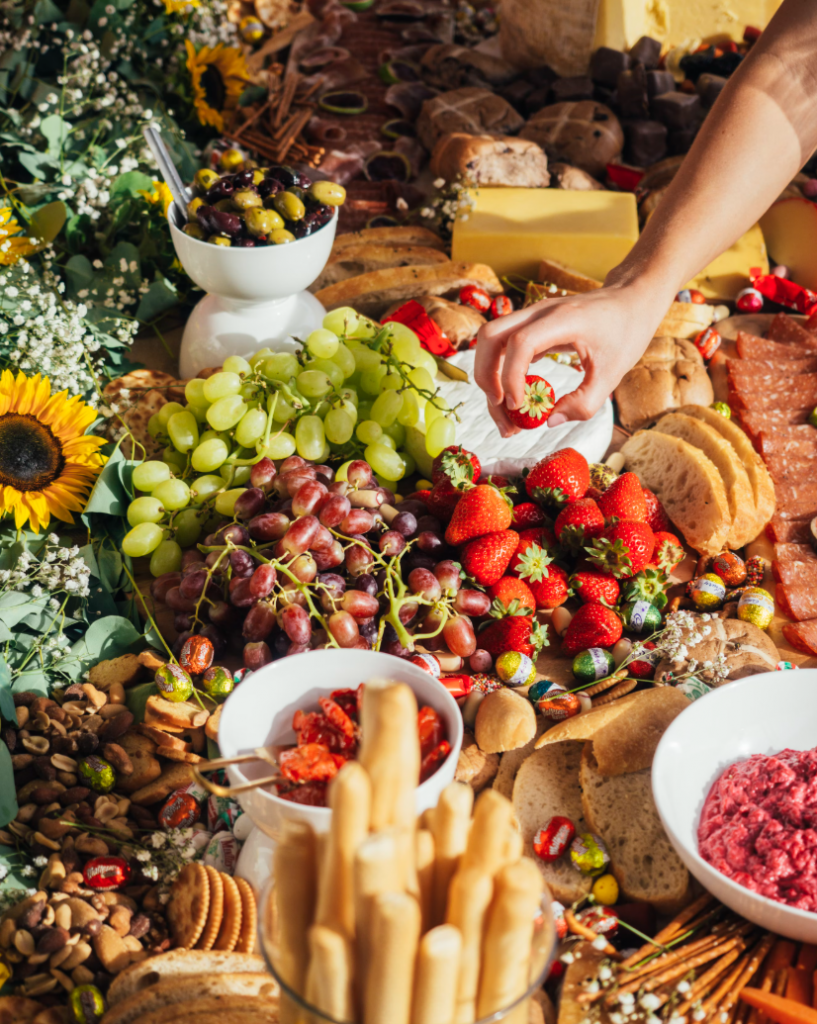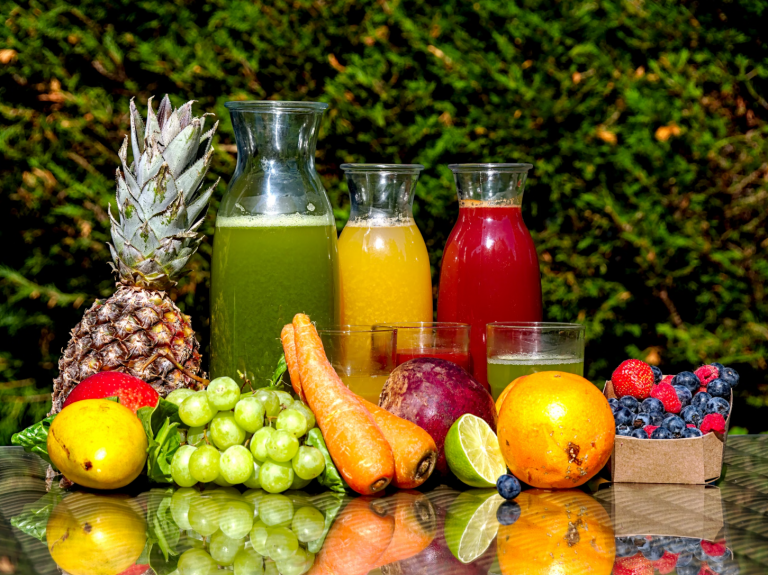
Introduction to the Low-Sugar Lifestyle
You’ve probably heard that too much sugar is bad. But let’s be honest—cutting it out is tough, especially when it comes to snacks. We all want something quick, satisfying, and—most importantly—tasty. The good news? Low-sugar snacks don’t have to taste like cardboard. In fact, there are plenty of options that satisfy your cravings without the sugar spike.

Why Reducing Sugar Matters
Health Benefits of Low-Sugar Diets
Too much sugar doesn’t just add inches to your waistline—it can lead to serious health issues like type 2 diabetes, heart disease, and inflammation. Reducing sugar improves energy, stabilizes mood, and supports clearer skin.
Common Sources of Hidden Sugars
It’s not just cakes and candy. Sugar lurks in salad dressings, granola bars, yogurt, and even “healthy” juices. That’s why reading labels is crucial if you’re trying to stay on track.
What Makes a Snack “Low-Sugar”?
FDA and Labeling Guidelines
According to the FDA, a product labeled “low sugar” typically contains less than 5g of sugar per serving. But beware—manufacturers play tricks. “No added sugar” doesn’t mean sugar-free; it could still have natural sugars.
Net Carbs vs. Total Sugars
Especially important for keto followers, net carbs = total carbs – fiber – sugar alcohols. A snack might be low in sugar but high in net carbs, so understanding both is key.
Criteria for Tasty Low-Sugar Snacks
Balancing Flavor and Nutrition
A good snack doesn’t just fill you up—it excites your taste buds. The best low-sugar snacks strike a balance between sweetness, saltiness, and healthy fats.
Texture, Satiety, and Convenience
Crunch, chew, or creamy—texture adds satisfaction. Plus, protein and fiber help you stay full longer. Convenience is a bonus, especially for busy lifestyles.
Top Store-Bought Low-Sugar Snacks
Protein Bars with Low Sugar
Brands like Quest, RXBAR (select flavors), and KIND offer bars with under 5g of sugar but packed with protein. Always double-check labels for sugar alcohols or hidden sweeteners.
Nut Butters and Seed Spreads
Look for natural almond or peanut butters without added sugar. They’re great with apple slices or whole-grain crackers.
Yogurt and Dairy Alternatives
Greek yogurt (unsweetened) or coconut milk-based yogurt alternatives are great choices. Add cinnamon or a few berries for flavor without spiking your sugar intake.
Chips and Crunchy Bites
Try kale chips, roasted chickpeas, or seaweed snacks. They’re salty, crunchy, and usually sugar-free.
Homemade Low-Sugar Snack Ideas
DIY Nut Mixes
Customize your own trail mix with almonds, walnuts, pumpkin seeds, and a sprinkle of unsweetened coconut. Avoid adding sweetened dried fruit or chocolate chips.
No-Bake Energy Bites
Use oats, nut butter, chia seeds, and a dash of cinnamon. Sweeten lightly with stevia or just a few dark chocolate chips.
Chia Seed Pudding
Soak chia seeds in unsweetened almond milk with vanilla and cinnamon. Top with a handful of blueberries for a naturally sweet touch.
Low-Sugar Snacks for Specific Diets
Keto-Friendly Snacks
Think cheese sticks, hard-boiled eggs, or coconut chips. They’re high in fat, low in sugar, and satisfying.
Diabetic-Friendly Choices
Whole foods are best—think cucumber slices with hummus or avocado on low-carb toast. These stabilize blood sugar and curb cravings.
Low-Sugar Vegan Options
Try roasted edamame, rice cakes with almond butter, or smoothies made with spinach, cucumber, and unsweetened plant milk.
What to Avoid: Sneaky High-Sugar “Healthy” Snacks
Granola Bars
Most commercial bars are sugar bombs in disguise. Look for ones with fewer than 5g of sugar or make your own.
Dried Fruits
While natural, dried fruits are concentrated sugar. A small handful can equal the sugar in a candy bar.
Flavored Water and Beverages
Many “hydrating” drinks are secretly loaded with sugar. Opt for sparkling water with lemon or herbal tea instead.
Tips for Reading Nutrition Labels
Sugar Alcohols and Natural Sweeteners
Look for erythritol or monk fruit instead of artificial sweeteners like aspartame. But don’t overdo sugar alcohols—they can cause bloating in large amounts.
Red Flags to Watch For
Ingredients ending in “-ose” (glucose, fructose) usually signal added sugars. Also beware of terms like “evaporated cane juice”—it’s still sugar.
How to Curb Sugar Cravings
Pairing Protein and Fat
A handful of nuts or a slice of avocado can do wonders. These macronutrients keep you full and blunt sugar cravings.
Mindful Eating and Hydration
Sometimes, thirst mimics hunger. Try a glass of water before reaching for a snack. Eating slowly and mindfully also helps you avoid overeating.
Conclusion
Low-sugar snacking doesn’t mean sacrificing taste. With a little label-savvy shopping and creative meal prep, you can enjoy delicious, satisfying snacks that support your health goals. Whether you’re managing blood sugar, trying keto, or just cutting back for general wellness, there’s something on this list for you. Keep it flavorful, simple, and smart—and your body (and taste buds) will thank you.
FAQs
1. What are the best sweet-tasting snacks with no added sugar?
Try unsweetened Greek yogurt with berries, chia pudding, or almond butter with apple slices.
2. Are sugar alcohols safe in snacks?
Generally yes, but consuming too much (like sorbitol or xylitol) can cause digestive discomfort for some people.
3. Can kids enjoy low-sugar snacks too?
Absolutely! Try nut butter rice cakes, fruit kabobs, or homemade oatmeal bites with minimal sweeteners.
4. How can I make my snacks more satisfying without sugar?
Focus on combining protein, healthy fats, and fiber—like nuts, seeds, and hummus with veggies.
5. How often should I eat snacks on a low-sugar diet?
Listen to your body! One or two satisfying snacks between meals can keep your energy up and prevent overeating later.





